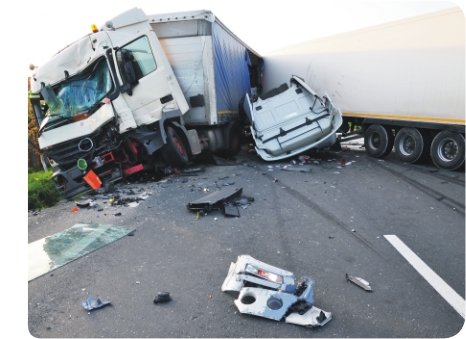![]()
We tell you HOW, not just WHY!
We tell you HOW, not just WHY! |
| HOME | COURSES | FEES | PUBLICATIONS | CONTACT US |
|
 Accident Reporting and Investigation
Accident Reporting and Investigation When an accident occurs involving a motor vehicle, whether on a public road or on private property, a number of aspects need to be considered. Firstly, there are legal requirements. If the accident occurred on a public road, the driver of the vehicle will have to comply with the duties specified in the National Road Traffic Act. If, on the other hand, the incident occurred on private property, the Occupational Health and Safety laws will come into effect. Secondly, in addition to any legal requirements, there will be various company requirements to be fulfilled, including an investigation to determine the real cause of the accident and prevent a recurrence. The most difficult part of any investigation, regardless of fatalities or injuries, is to stay impartial and without prejudice of any kind. There must be no emotion shown which could indicate the contrary as this could prejudice the outcome. National Road Traffic Act
Occupational Health & Safety Act
Immediate on-site procedure - accident involving vehicle carrying dangerous goods
PART 2: HEAVY VEHICLE BRAKING SYSTEMS
PART 3: TYRES AND ROAD WHEELS
PART 4: PROTECTING THE COMPANY/ORGANISATION
PART 5 - ACCIDENT INVESTIGATION TEAM ACTIVITIES
PART 6: VEHICLE FIRES
PART 7: PREPARING THE REPORT
PART 8 - PRESENTING EVIDENCE
PART 9 - COURSE CONCLUSION and DISCUSSION Delegates will be required to prepare a proposed procedure, based on the course content, to be followed in investigating future incidents affecting their own organisation to be submitted to top management. |